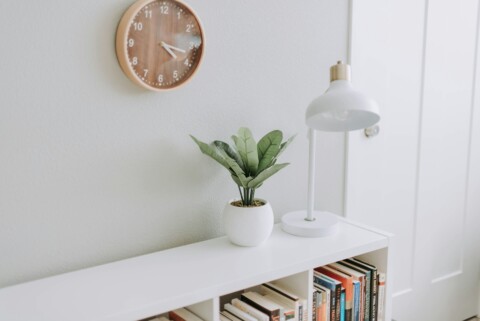Urban living often means small spaces, but that doesn’t mean you have to give up on having a green oasis of your own. Gardening in small spaces might seem challenging at first, but with the right knowledge and creativity, you can turn even the tiniest balcony or windowsill into a thriving garden.
This Beginner’s Guide is designed for urban gardeners, small space dwellers, and Beginner’s Guide gardeners looking to bring a bit of nature into their lives.
Understanding Small Space Gardening
Small-space gardening involves growing plants in limited spaces such as balconies, patios, windowsills, or even on rooftops. It’s about making the most of what you have and getting creative with containers and vertical spaces.
Whether you’re dreaming of a mini vegetable garden or a flower-filled paradise, the principles of small-space gardening can help you achieve it.
Benefits of Gardening in Small Spaces
- Fresh Produce at Your Fingertips: Grow your herbs, vegetables, and fruits. Nothing beats the taste of home-grown!
- Aesthetic Appeal: Plants add beauty and character to any space, turning an ordinary area into a lush retreat.
- Improved Air Quality: Many indoor plants have air-purifying qualities, removing pollutants from the air.
- Mental Health Benefits: Gardening is a therapeutic activity that can reduce stress and improve mood.
Getting Started
1. Assess Your Space
Take a good look at the space you have available. Consider how much sunlight it receives, as this will determine what type of plants you can grow. Most vegetables and flowers require 6-8 hours of direct sunlight daily. If your space gets less light, focus on shade-tolerant plants.
2. Choose the Right Containers
When space is limited, containers are your best friends. From traditional pots to creative upcycled containers, there are countless options. Ensure your containers have proper drainage holes to prevent waterlogging.
3. Select Your Plants
Consider your climate, the sunlight in your space, and your personal preferences. If you’re new to gardening, start with easy-to-grow plants like lettuce, spinach, herbs, or succulents for ornamental gardening.
4. Soil and Fertilization
Use high-quality potting mix, not garden soil. The potting mix is specially designed for container gardening, providing proper drainage and nutrient retention. Fertilize your plants according to their specific needs, using organic options whenever possible.
5. Watering Essentials
Container plants often need more frequent watering than those in the ground. Monitor your plants closely and water them when the top inch of soil feels dry. Be mindful not to over-water, as saturated soil can lead to root rot.
6. Maximizing Vertical Space
Vertical gardening is a game changer for small spaces. Use trellises, wall planters, or hanging baskets to grow your plants upwards. This approach not only saves floor space but can also create a stunning visual display.
Maintenance and Care
Regularly check your plants for pests and diseases. Prune dead or yellowing leaves to keep your plants healthy and encourage growth. Rotate your containers occasionally to ensure all sides receive equal sunlight.
Final Thoughts
Gardening in a small space can bring immense joy and satisfaction. It’s a rewarding hobby that beautifies your living area, provides a tangible connection to nature, and can even supply you with fresh herbs and vegetables.
Start small, experiment, and learn as you grow. Your small space garden could become your favorite corner of your home. Remember, every gardener was once a Beginner’s Guide. With patience and care, your tiny garden will flourish, proving that great things indeed come in small packages. Happy gardening!






